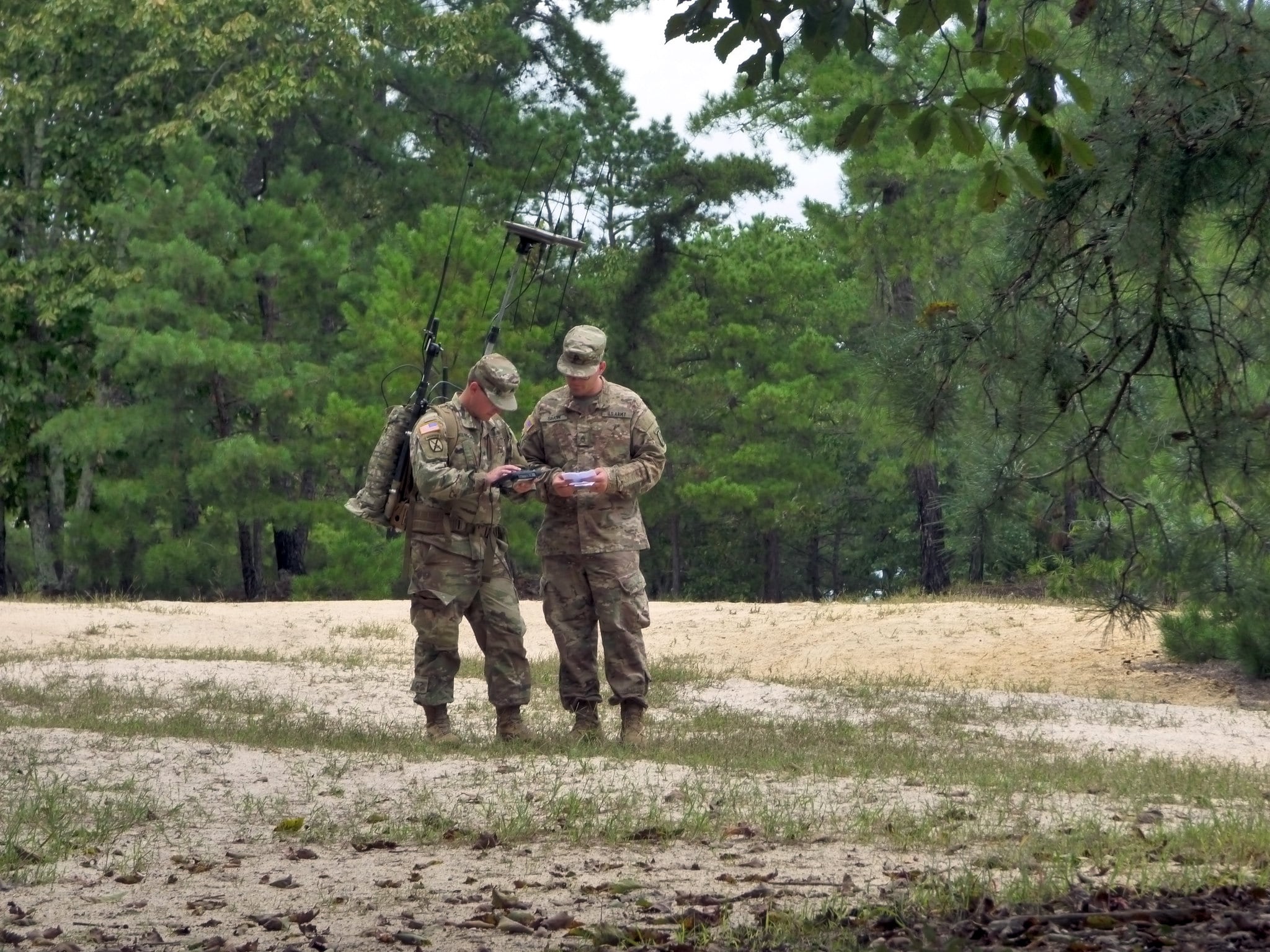BELCAMP, Maryland — The Department of Defense risks achieving electromagnetic superiority against top adversaries by siloing certain aspects of the discipline across various portfolios, the department’s top electronic warfare officer said.
Specifically, Dave Tremper, director of electronic warfare for the Office of the Secretary of Defense, was referring to electronic protection, which involves shielding systems from spoofing or jamming.
He has made electronic protection one of his top priorities since getting into the job, using most of his recent speaking engagements to foot stomp the idea that it falls outside his purview of electronic warfare.
While he oversees electronic attack — the art of jamming systems — and electronic support — which deals with sensing the environment — electronic protection falls under the purview of the intelligence, surveillance and reconnaissance; position, navigation and timing; and communications communities because they are features and not systems.
“Very often EP [electronic protection] gets cut from budgets because they have cost constraints, they have schedule constraints, they have performance constraints. EP is the first thing to go,” he said last week at the Cyber Electromagnetic Activity conference hosted by the Association of Old Crows. “EP’s not a phase 0 of war problem. You put a radar out there, you’re not going to have an EP problem until you start getting actively attacked. That’s the higher phases of war. Because they can operate in phase 0 without any EP problems, EP goes. It’s a risk mitigator, why do we need it?”
Phase 0 refers to shaping the environment before conflict breaks out — most often referred to now as the gray zone.
However, electronic protection is critical for electromagnetic survivability because it allows sensors and systems to operate in contested and congested electromagnetic battlespaces.
“EMSO [electromagnetic spectrum operations] works if EP is part of EMSO, because it ensures that radars, comms and PNT systems can survive in that domain,” Tremper said.
The DoD recently altered its lexicon and approach to this domain by shifting from electronic warfare to electromagnetic spectrum operations, which combines the warfare and spectrum management aspects for a more holistic approach.
“If you take EP out of the EMSO conversation, it breaks down because at that point all we’re talking about is electromagnetic attack, electromagnetic support and spectrum management. In the absence of facilitating that EP conversation, the radar, PNT and comms developers are not getting that same message, they’re not designing to those same standards, and we end up with a lot of spectrum users that are not participating in spectrum superiority,” he said.
Tremper noted that there has been a large education effort underway for senior leaders to get them to understand the importance of electronic protection. While conventional wisdom has been that protection refers to platform protection, electronic protection actually refers more to sensor protection.
“It’s features, not systems,” Tremper said of electronic protection.
Systems like Counter Radio-Controlled Improvised Explosive Device (RCIED) Electronic Warfare, or CREW, don’t address electronic protection, he said, so they have been trying to push for that with senior Pentagon leaders.
Mark Pomerleau is a reporter for C4ISRNET, covering information warfare and cyberspace.








